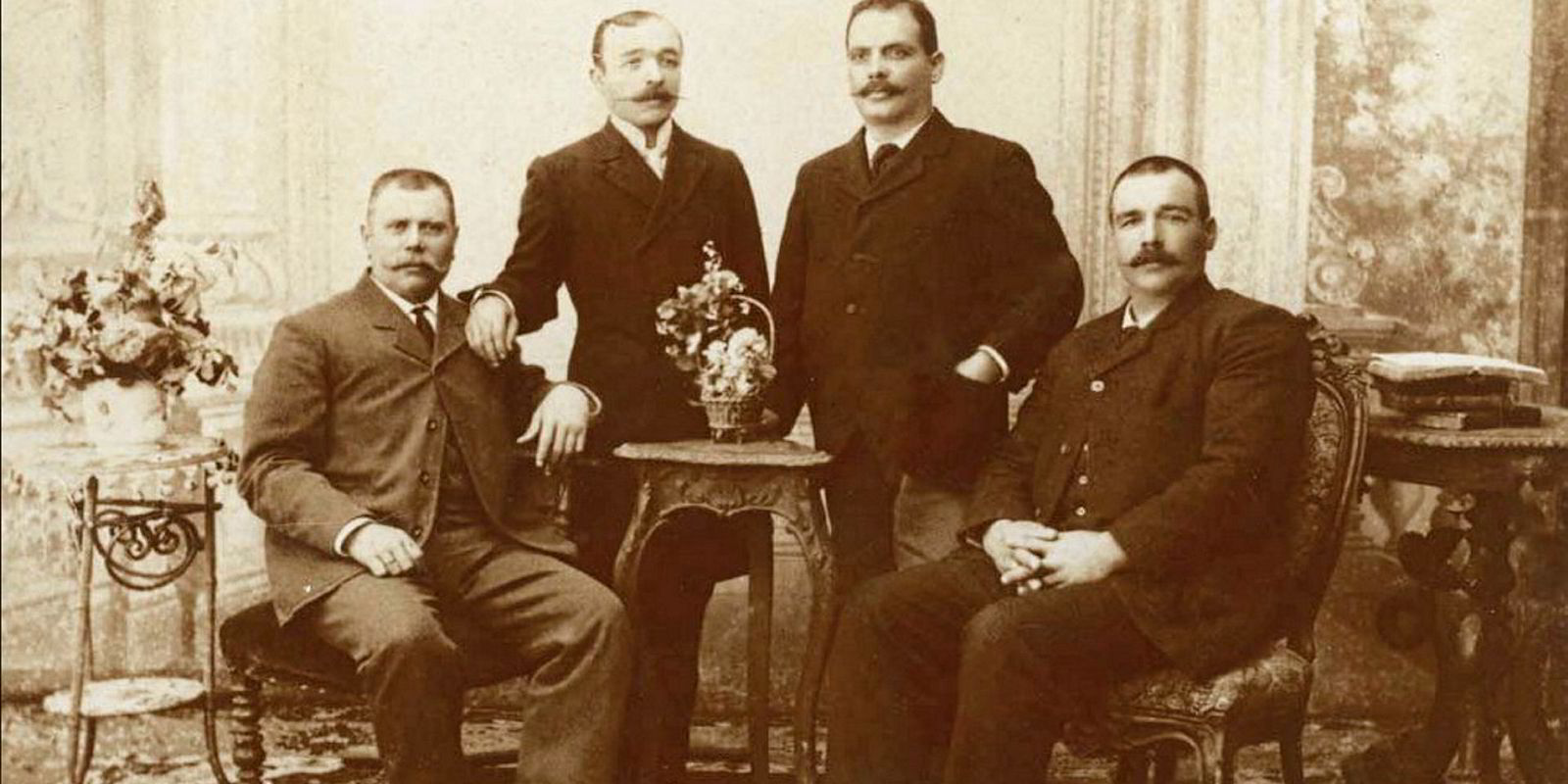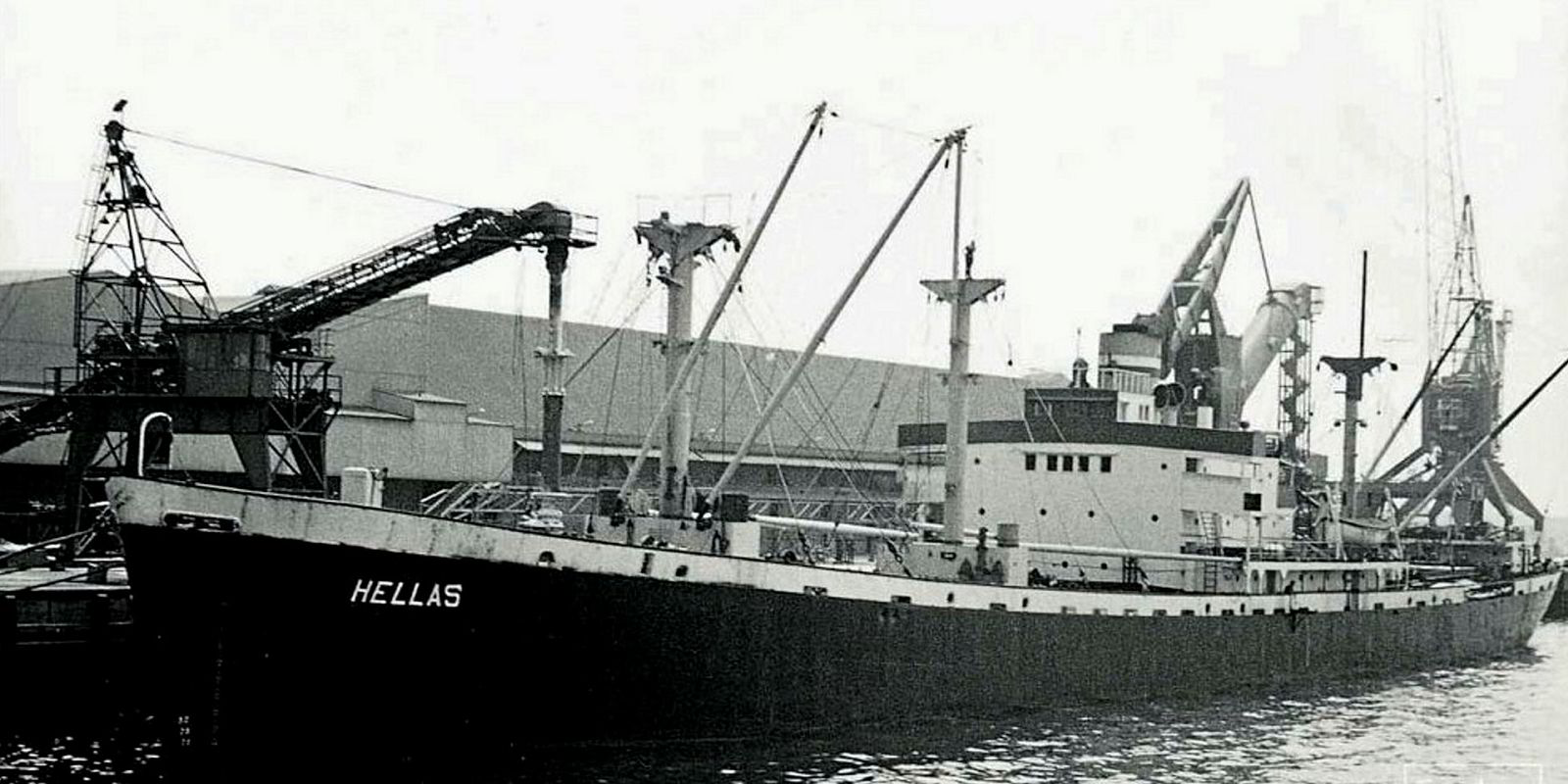Greek owner returns to its roots after 10-year hiatus by setting up bulker arm

Atlas Maritime has returned to the dry bulk market after a 10-year hiatus, with company chief Leon Patitsas hoping this will turn out to be yet another well-timed strategic move in his family’s long shipping history.
In an interview with Trade-Winds, Atlas Maritime’s co-founder and chief executive confirms the outfit has bought the 83,000-dwt Navios Altair (built 2016).
The Tsuneishi Shipbuilding-constructed vessel will be renamed Atlas Strength and become the first unit in the fleet of Atlas Bulk, a new company that will be set up exclusively for the purpose of acquiring and managing dry bulk vessels.
“We want to focus on kamsarmaxes and capes,” Patitsas said in his seaside Athens office, speaking before a backdrop of Bloomberg screens, old pictures of family members and ships, and his shipping and engineering degrees from the Massachusetts Institute of Technology and Tufts University.
London-born Patitsas, 41, was cagey about revealing how many more ships Atlas Bulk might buy in the immediate future.
“We want to grow opportunistically,” Patitsas said. “It always depends on the deal, the price and how the fundamentals play out. But we’re on the lookout.”
The Atlas Strength will be employed on spot or short-term period charters, on the expectation that dry bulk freight rates will increase further. Patitsas is confident his new company is well placed to win business from dry bulk commodity trading houses, emulating its success in attracting high-powered clients such as Phillips 66 and Shell on the tanker side.
“We have long-standing relationships with large grain houses and traders like Cargill, Bunge, Dreyfus and ADM,” Patitsas said. “Our aim is to provide flexible and reliable transportation services to them and further develop our strong industry relationships with our partners and customers.”
TradeWinds has reported in recent months about a string of shipping players joining or re-entering the dry bulk market.
Patitsas can claim to be one of the first to have predicted bulkers were a “screaming buy”, as he said in early 2016 when the market looked its most bleakest. However, an actual move into the sector was delayed by talks to potentially do this through joint ventures with trading houses, which would then also go on to employ the purchased vessels.
“In the end, we couldn’t waste our time any longer and acted on our own, pouncing on this opportunity,” Patitsas said.
The wait was probably worthwhile. Dry bulk market conditions have improved over the period, while secondhand prices remain low, by historical standards.
“We’re still below the 20-year historical average and we’re seeing a market that has improved substantially and is much stronger,” Patitsas said.
He points out that a lot of scrapping has taken place over the past three years. The orderbook for panamaxes and kamsarmaxes is at 6% of the active fleet, spread out over the next three years and that demand for seaborne transportation grows at 4%.
“Hopefully, people will not over-order and be prudent,” he said. “I want to urge shipowners not to order newbuildings but to try to buy secondhand. This will be better for all of us.”
This is the reason why Atlas Bulk will focus on secondhand vessels.
“I’m against ordering,” he said. “I think there’s more value in five to 10-year-old ships.”
The supply side is much more strained in the tanker sector, where Atlas Maritime manages, owns or operates five aframaxes and one VLCC. This, as well as Opec production cuts, led Patitsas to the expectation that tanker values would decline even further. The company plans to capitalise on this by renewing its fleet.
“Now would be a good time to renew and modernise the fleet with secondhand vessels, between five and 10 years old,” he said.
Atlas Maritime’s three oldest aframaxes were built in 2003.

Patitsas has displayed shrewd asset-play skills in the past and such deals are becoming a trademark of his family. Atlas Maritime, whose name is inspired by the statue of Atlas in front of New York’s Rockefeller Center on Fifth Avenue, where Patitsas was working for UBP Bank in the 1990s, actually started with bulkers when he set up the company in 2003 alongside parents Spyros and Marigo and brother Philimon. They sold them at the peak of the market between 2005 and 2008.
“We bought them cheaply and we tripled our money,” he said.
His maternal grandfather, renowned owner Leon C Lemos, achieved the same feat twice, disposing of his entire fleet just before the 1980s shipping crash.
Lemos re-entered the market in the middle of the downturn by ordering 10 bulkers, which he then sold at a fat profit to Soviet buyers in 1989, just before he died.
Hailing from the shipping cradle of Oinousses, the family’s modern shipping history harks back to 1905, when Patitsas’ great-grandfather, founder Christos M Lemos, became a captain, and then a partner, in a joint venture of the Hadjipateras, Pateras and Lyras families.
Leon C Lemos and his brothers lost their single ship when it was torpedoed in the English Channel in World War Two. However, George C Lemos, one of the brothers, was one of the committee members who convinced the US post-war government to sell 100 Liberty ships to the Greek shipping community, as part of their and Greece’s war efforts on the side of the Allies.
“These ships gave the Greek shipping community the ability to flourish, expand and achieve the successes they have achieved,” Patitsas said. “We got one of the first ones called the Hellas.









